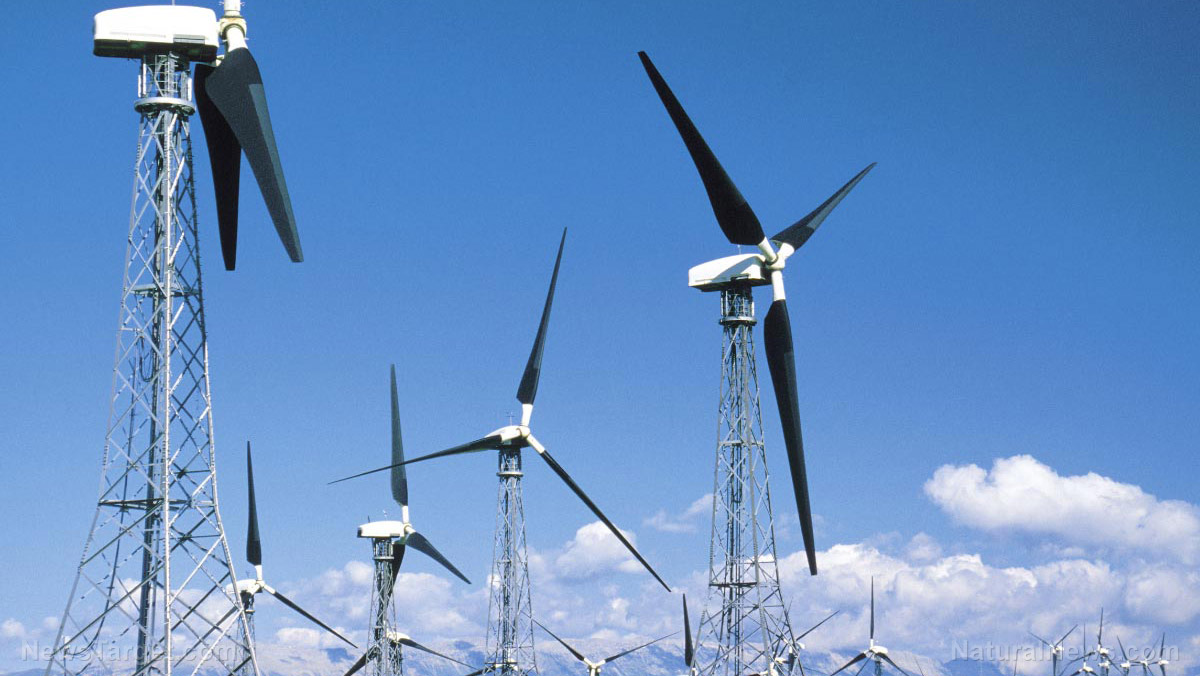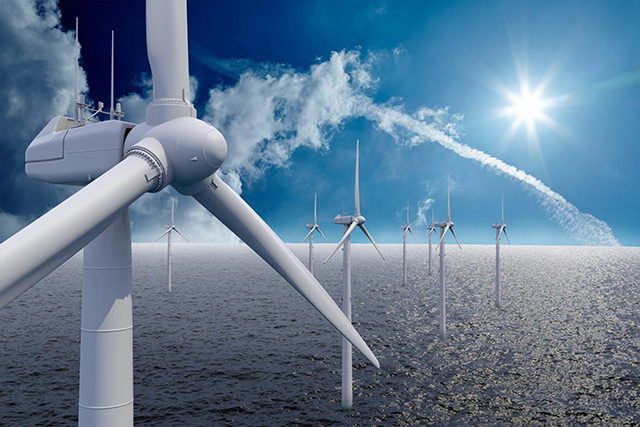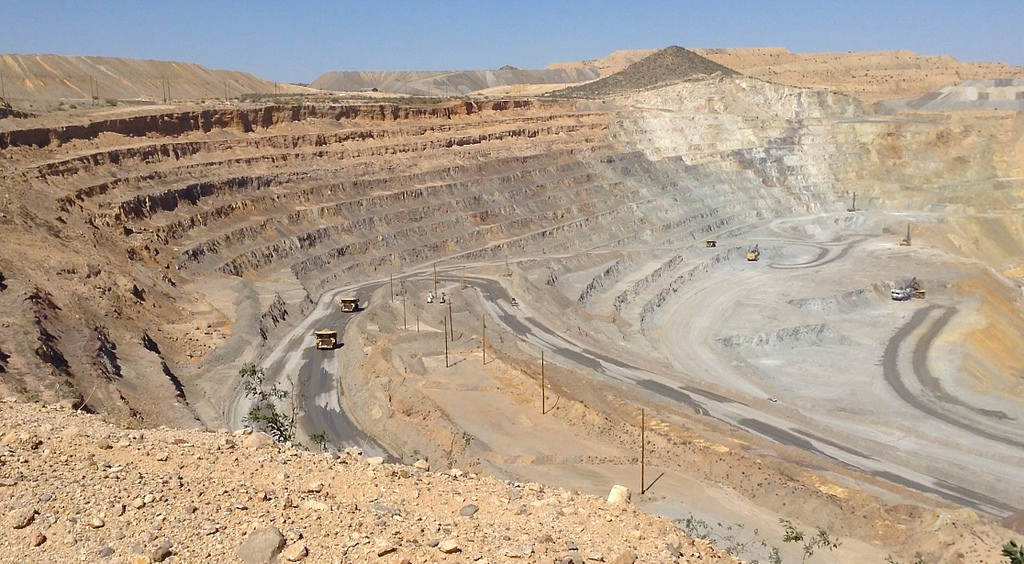
The technology behind wind turbines is constantly evolving. They've already been "upgraded" many times in the past, but they are still being improved upon now. The bottom line is, when you look at the data, you'll see a correlation between the size and sophistication of wind turbines and their overall effectiveness. For this reason, it's better to invest full-time and in a massive way in wind technology.
Although it may seem a bit counter-intuitive – what with the widely accepted belief that going smaller, or miniaturization, means improving underlying technologies – using bigger wind turbines equates to additional cost- and performance-related benefits. This is based on data from a study conducted by the Swiss Federal Institute of Technology in Zurich. And they're not the only ones to come to this conclusion. (Related: World’s soon-to-be largest offshore wind farm just began construction, expected to deliver 4.1TWh of electricity each year).
The fact is, wind turbines have consistently gone up in size – basically quadrupling – over the past three decades. Just going by the blade diameter alone, you'll find that today's wind turbine models can easily surpass the standard length of a football field. And as if on cue with this steady growth in size, land-based turbines – at least in Europe – appear to have become greener, the study showed.
The study details how wind turbines were able to become even more sustainable over time due to the fact that bigger models were able to produce much more energy than the standard smaller ones. And the best part about this, according to the researchers, was that it didn't take much more additional energy to create these bigger turbine models.
The study's lead author, Marloes Caduff, expressed surprise at the results when she looked at how much the carbon footprint of wind turbines has declined over the years. "I thought we would see a smaller effect," she said. Instead, she found a much bigger impact in the real world.
According to Fort Felker, the director of the wind technology center at the U.S. Department of Energy's National Renewable Energy Laboratory, using larger wind turbines offers another benefit: The reduction of the number of turbines needed to build a complete wind farm. Instead of using 1,000 smaller turbines, for instance, it's possible to just use 500 super-sized ones. Through the use of these high-capacity machines, they're able to further reduce the price of wind power.
Felker said that the larger wind turbines truly enable dramatic reductions in the cost of wind energy. "The cost has been reduced by a factor of ten or so," he remarked, "from unaffordable levels to where it is right now, able to compete with conventional power sources."
If using bigger and higher-capacity wind turbines can lead to such benefits, why isn't it the norm everywhere? Well, the cause appears to be nothing more than standard regulation. As Henrik Stiesdal, the chief technology officer for wind power at Siemens states, there are two major factors that essentially put a cap on the size of wind turbines in use today. Firstly, local authorities can sometimes issue tip-height restrictions on them, which limits their actual height. And second, there is a point where the weight of the turbines end up counteracting any of their energy gains.
In any case, different companies are continuously working on improving wind turbine technology. With lighter materials, fewer parts, and better overall controls, wind turbines could be even more effective. At that point, it would be a no-brainer to rely extensively on wind power. But until then, using current standards will have to do.
Learn more about the latest studies conducted on wind farms in Power.news.
Sources include:
Please contact us for more information.






















